Staying Fit

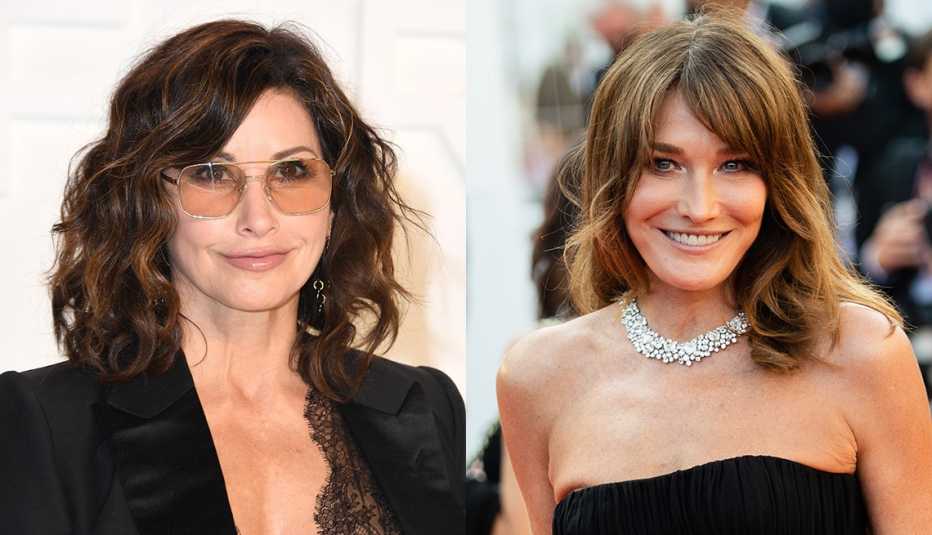
You know how sparkly earrings light up your face and attitude? Highlights perform the same magic trick for your hair. They brighten every shade from brown to blonde, blend in grays and turn a gray transition fuss-free. And best of all: Highlights make thin, fine, grownup hair look thicker and shining with health. But unfortunately, we often choose highlights that are wrong for our hair color, hair style or wallet — and that’s where things get tricky. Understanding what color “lights” to get and how many makes a difference to your looks and budget. I asked Matrix Brand Ambassador and star colorist George Papanikolas for tips and added my beauty-editor two cents, too. It’s time to get on a winning streak!


1. Balance your expectations and budget
Highlights are amazing, but at a cost ranging from $80 to $300 for a full head they are one of the priciest salon hair services. Plus, add on a base color touch-up, trim, cut and blow-dry and your bill can blow your budget. One reason glittery strands have gotten more expensive is the salon trend for a customized look rather than a one-size-suits-all “frosting.” The cost also depends on whether you choose partial highlights, allover lights, a combo of highlights and lowlights, foils or balayage, plus, of course, the experience of your colorist and salon location. You can minimize the expense and maintenance three ways: choosing low-contrast highlights within two shades of your overall base color; opting for just a few highlights around the face; or asking for a balayage technique instead of foils (see tip number 2 for details). The higher the contrast and number of highlights, the more upkeep and expense.


AARP Membership— $12 for your first year when you sign up for Automatic Renewal
Get instant access to members-only products and hundreds of discounts, a free second membership, and a subscription to AARP the Magazine.

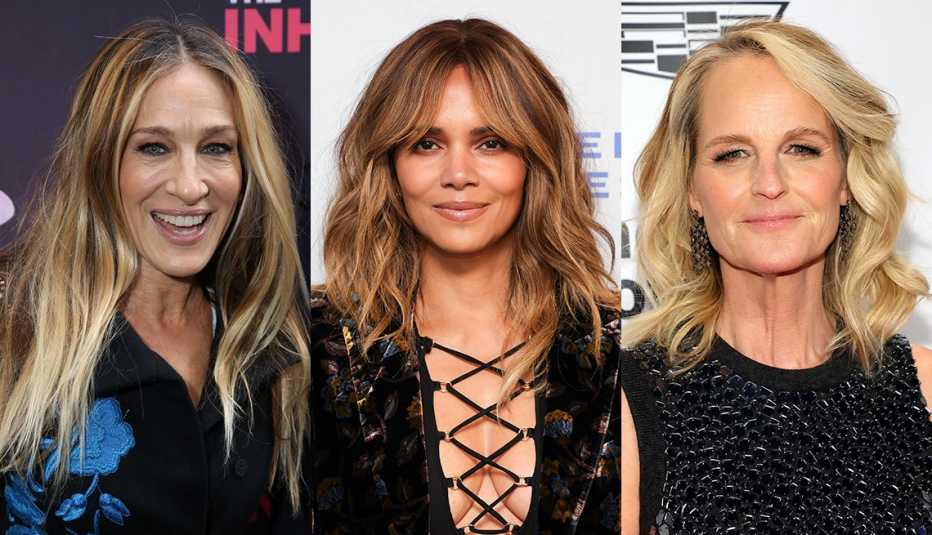
2. Decide on foils or balayage
Not every colorist or salon does both, so know the benefits of each. “Foil highlights give the colorist more control and color lift for a more intense highlighting effect, while balayage gives a softer, more natural summer-at-the-beach effect — and that’s more subtle and blended,” explains Papanikolas. Foils are more traditional and produce balanced symmetrical highlights uniformly from roots to ends. Selected strands are woven out, slathered in lightener and packed individually in foil to “bake.” Foils are a better option when taking dark hair more than three or four shades lighter or if you want a brighter look or high-contrast highlights. You’ll also get a more obvious regrowth line, so expect a touch-up every six to eight weeks for maintenance. In balayage, the highlights are painted by hand directly on the hair in varying widths with the color in a gradient ombré progression from dark to light. Thanks to the seamless grow-out, there’s no redo for three or four months. Balayage works best on tousled layers, lobs and shoulder-length or longer hair. Note that some salons and social media sites are pushing a combo called “foilayage,” with hand-painted highlights and wrapped in foil. My beauty-editor take? No need; do one or the other.





























































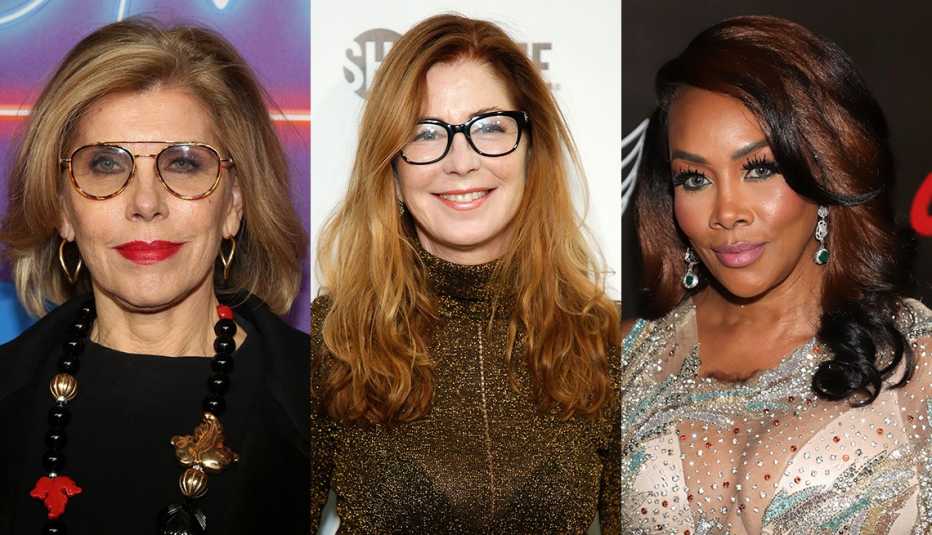
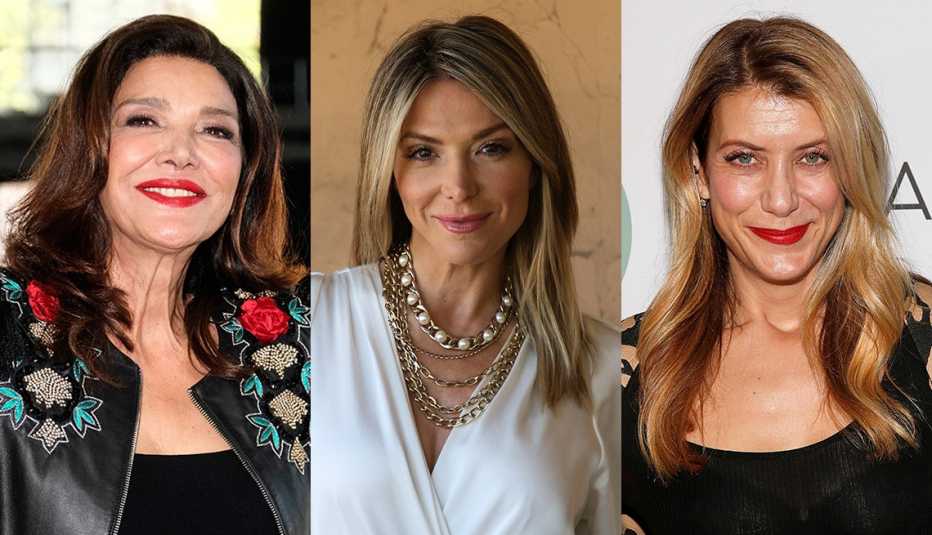
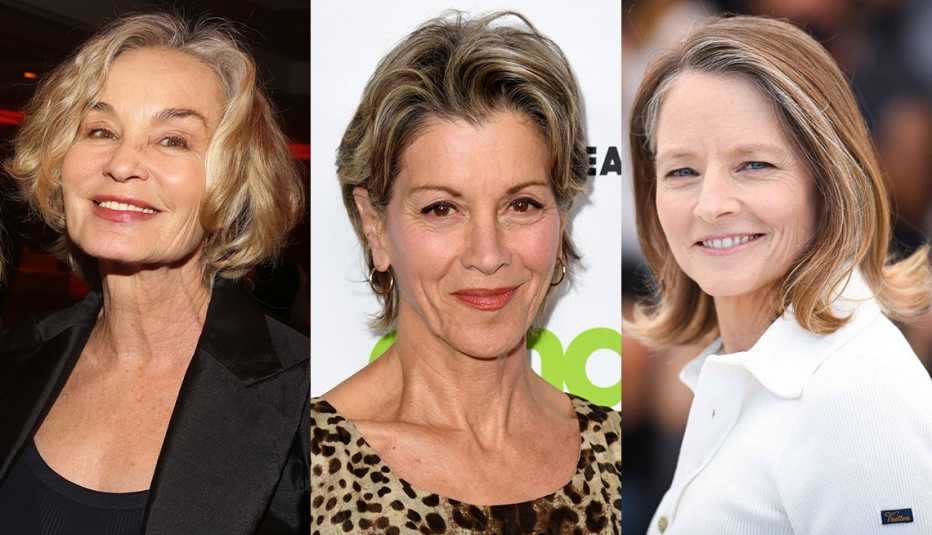
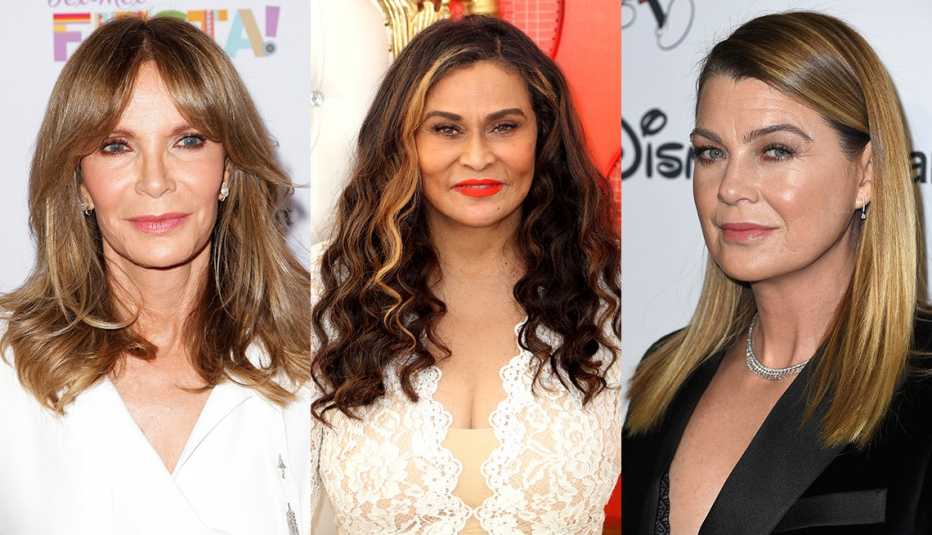
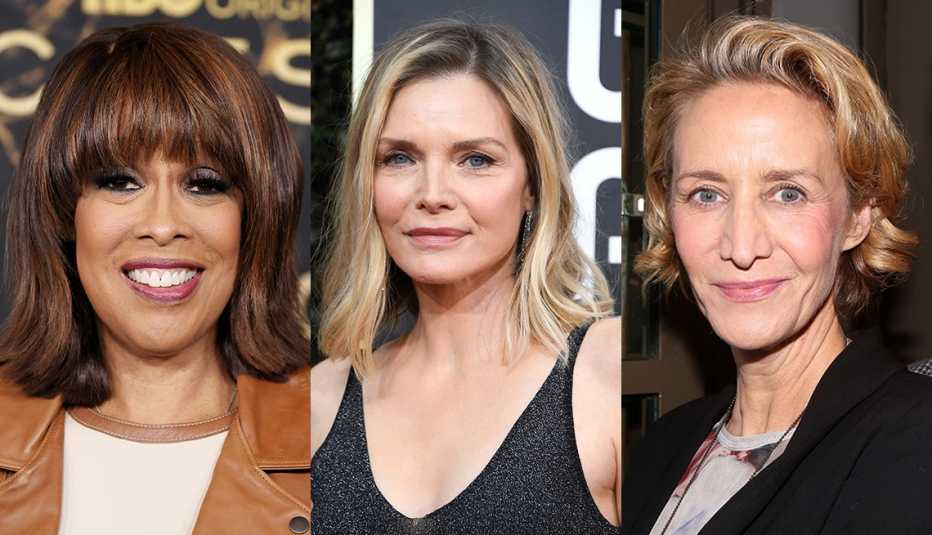
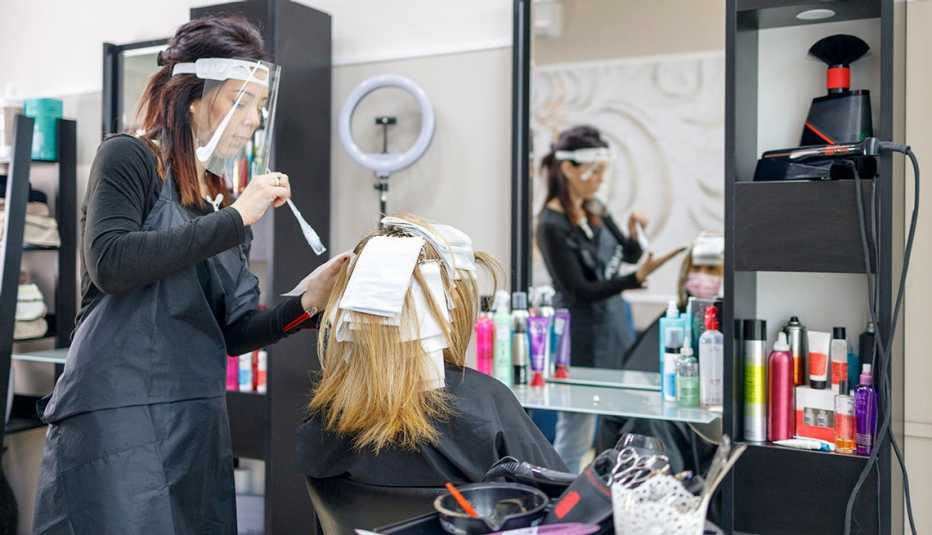

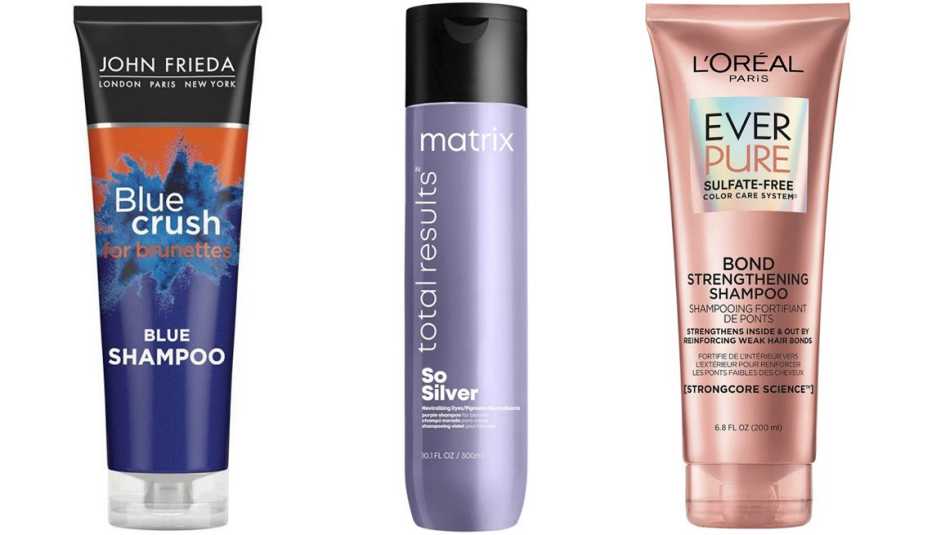




More on entertainment
10 Cool Hairstyles for Grownups
Make the most of your locks with the perfect cut and shape
How to Wear Long Hair With Style and Flair After 50
Say bye-bye bob and give these flattering looks a try
7 Tips for Transitioning From Relaxed to Natural Hair
Celebrity hairstylists offer professional adviceRecommended for You